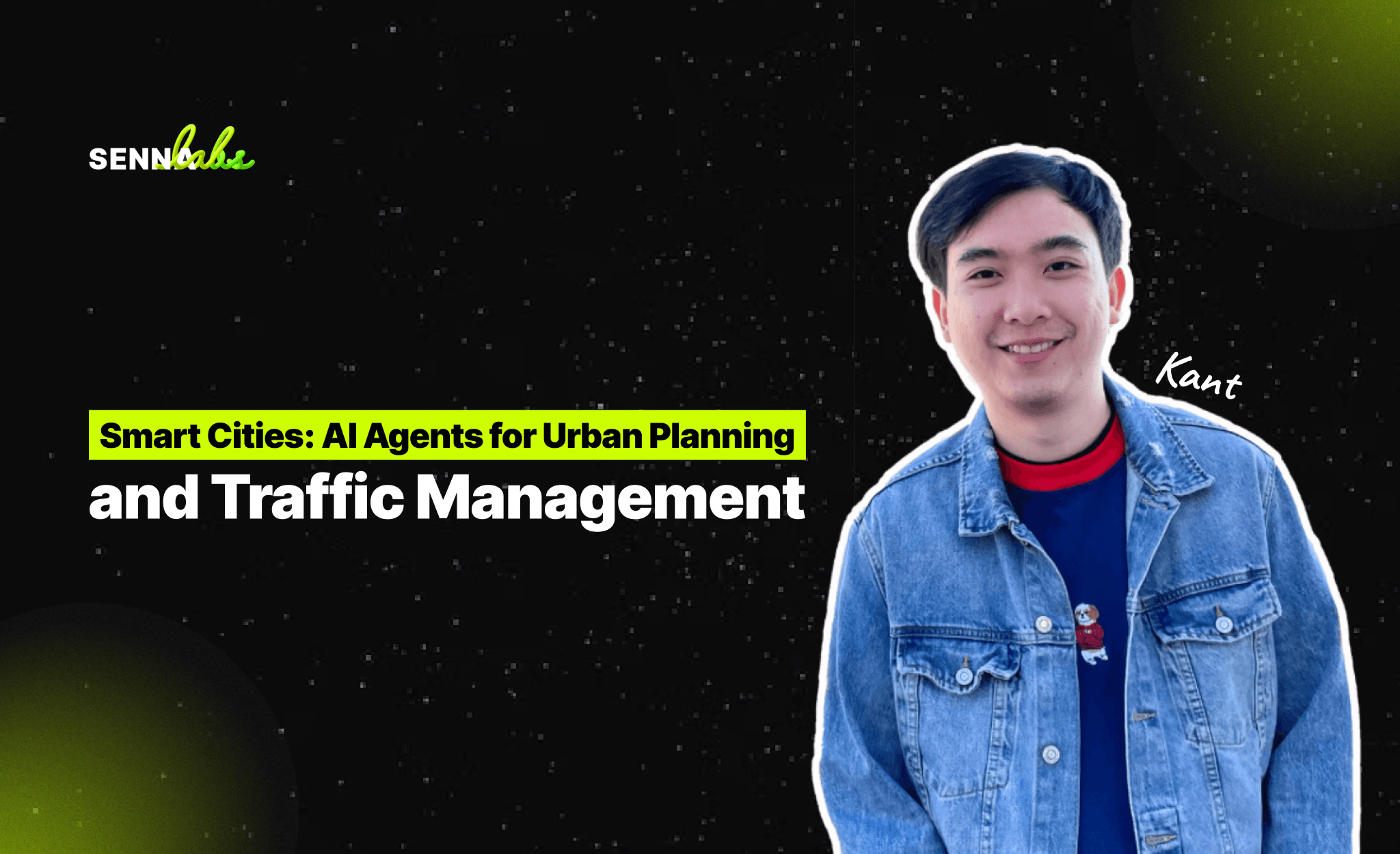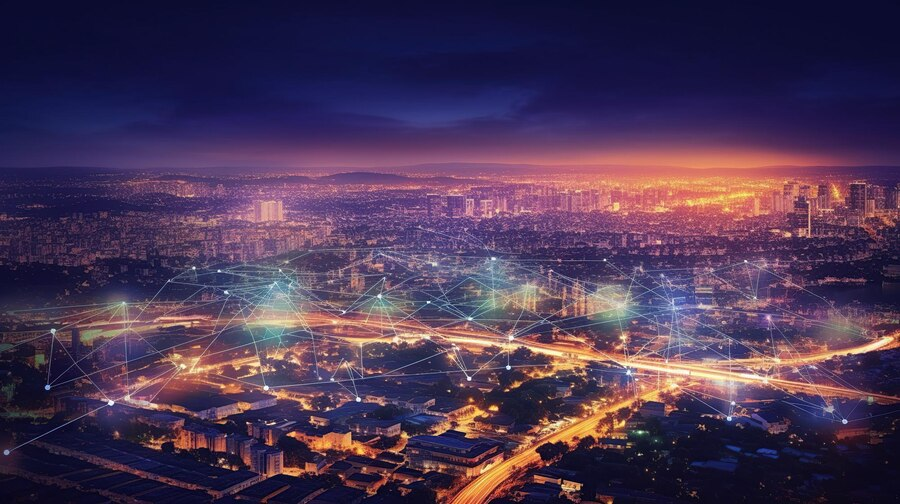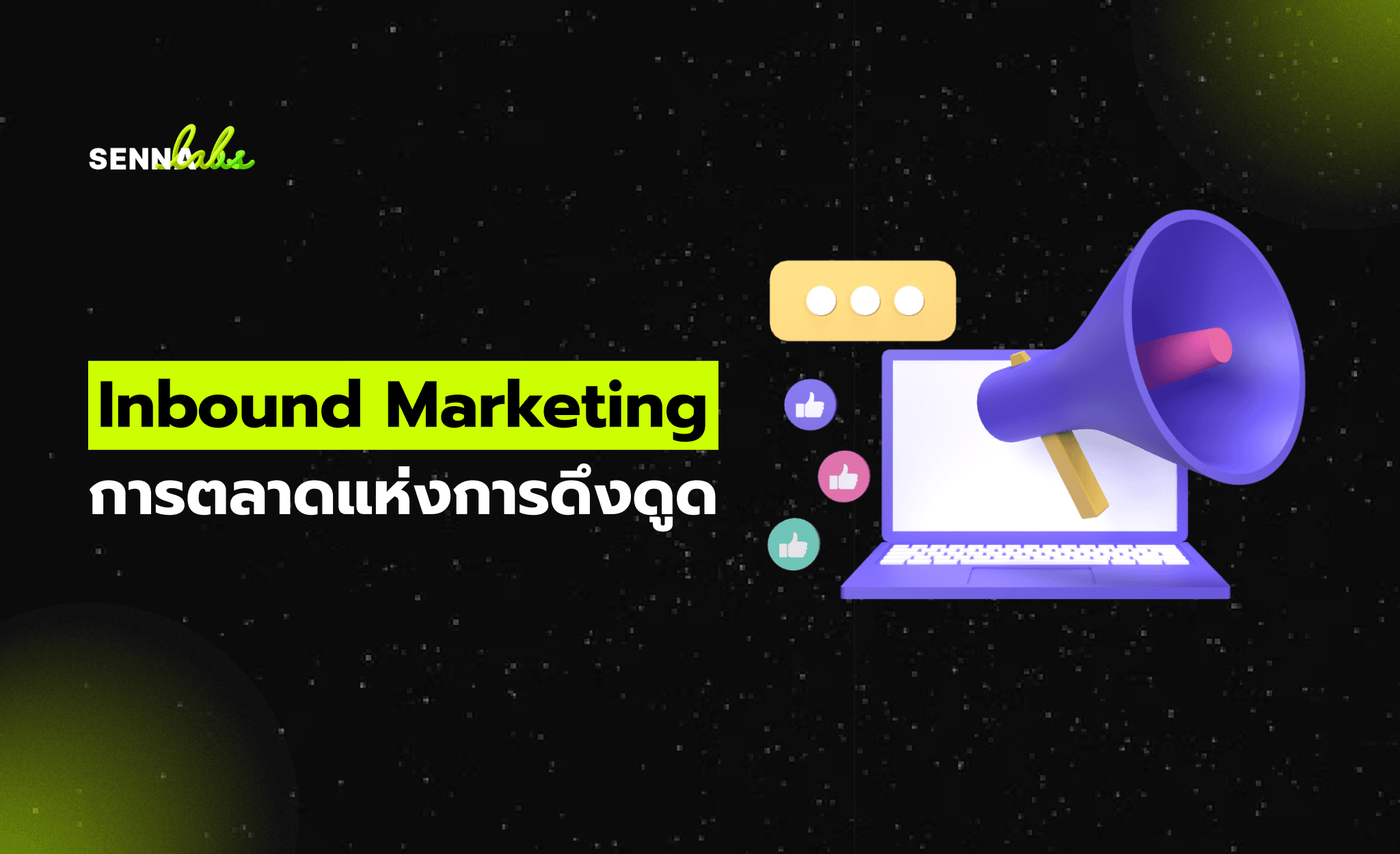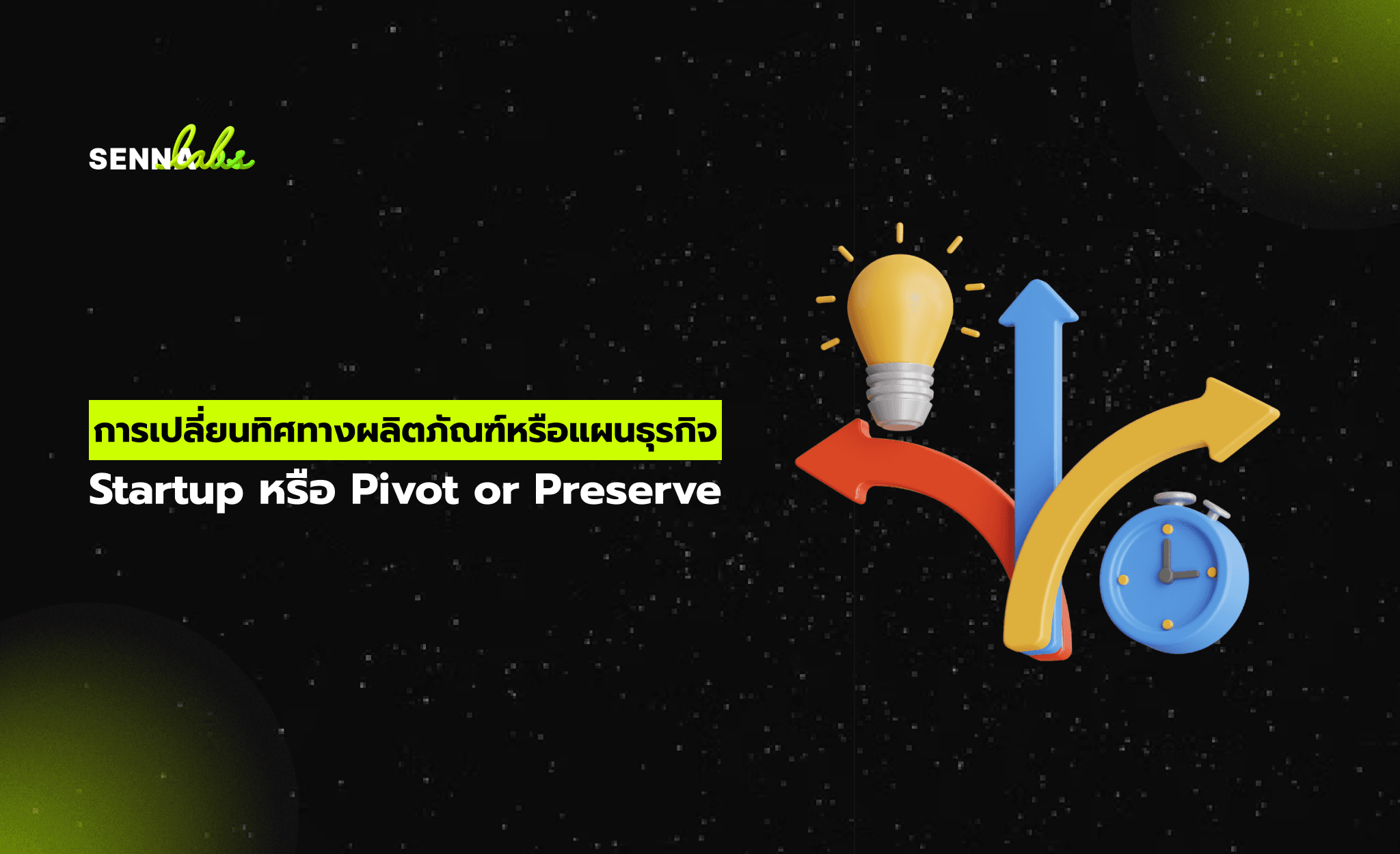Smart Cities: AI Agents for Urban Planning and Traffic Management
Share

As urban populations grow, cities face increasing challenges in managing traffic congestion, infrastructure demands, and overall livability. Traditional methods of urban planning and traffic management often struggle to keep up with the dynamic needs of modern cities. Enter AI agents powered by machine learning, which offer innovative solutions to optimize traffic flow, predict infrastructure requirements, and improve the quality of life for residents.

The Challenge: Managing Modern Urban Complexities
Rapid urbanization has introduced several challenges for cities:
-
Traffic Congestion: Increasing numbers of vehicles lead to longer commute times, air pollution, and reduced productivity.
-
Infrastructure Strain: Aging infrastructure struggles to meet the needs of growing populations.
-
Inefficient Resource Allocation: Traditional planning methods may not effectively prioritize areas of greatest need.
-
Dynamic Urban Environments: Cities constantly evolve, requiring flexible and adaptive solutions.
Addressing these challenges requires data-driven tools that can analyze, predict, and optimize urban systems.
The Solution: AI Agents for Smart Cities
AI agents leverage machine learning to process vast amounts of urban data and provide actionable insights. Here’s how they transform urban planning and traffic management:
-
Real-Time Traffic Monitoring: AI agents analyze live traffic data from sensors, cameras, and GPS devices to identify congestion hotspots.
-
Predictive Traffic Flow Management: Machine learning models predict traffic patterns based on historical data, weather conditions, and events, enabling proactive measures.
-
Dynamic Traffic Signals: AI agents adjust traffic light timings in real time to reduce congestion and prioritize emergency vehicles.
-
Infrastructure Planning: By analyzing population growth, economic activity, and transportation needs, AI agents recommend where to build new roads, bridges, or public transport systems.
-
Sustainability Optimization: AI agents identify ways to reduce emissions, improve public transport usage, and enhance green spaces.
Use Case: AI Agents in a Smart City
Imagine a city that deploys AI agents to optimize its urban systems. Here’s how the process unfolds:
Step 1: Real-Time Traffic Management
-
The AI agent collects data from traffic cameras, GPS devices, and public transport systems.
-
It identifies a congested intersection during rush hour and dynamically adjusts traffic lights to prioritize flow in the busiest directions.
Step 2: Predictive Traffic Insights
-
Using machine learning, the AI agent predicts that traffic will spike in specific areas due to a major concert.
-
The city is alerted, and public transport routes are optimized to accommodate the surge, while traffic flow is redirected around the event.
Step 3: Infrastructure Planning
-
The AI agent analyzes long-term urban growth patterns and recommends building a new bridge to connect expanding neighborhoods.
-
It also suggests adding bike lanes and improving pedestrian infrastructure to reduce car dependency.
Step 4: Environmental Optimization
-
By analyzing pollution levels and traffic data, the AI agent recommends increasing electric bus routes and planting trees in high-emission areas.
Benefits of AI Agents for Smart Cities
Integrating AI agents into urban planning and traffic management offers significant advantages:
-
Reduced Traffic Congestion: Real-time and predictive adjustments minimize delays and improve commute times.
-
Efficient Resource Allocation: Data-driven insights ensure infrastructure investments are targeted where they’re needed most.
-
Enhanced Sustainability: AI agents support eco-friendly initiatives, reducing emissions and promoting greener cities.
-
Improved Public Safety: Better traffic management reduces accidents and ensures faster emergency response times.
-
Scalability: AI agents can adapt to the growing needs of expanding cities, ensuring long-term efficiency.
The Role of Machine Learning
Machine learning is the core technology enabling AI agents to process and act on urban data. It allows them to:
-
Identify Patterns: Analyze historical and real-time data to recognize trends in traffic and infrastructure usage.
-
Predict Future Needs: Forecast traffic flows, population growth, and infrastructure demand with high accuracy.
-
Adapt Dynamically: Continuously learn from new data to refine strategies and improve performance.
These capabilities make AI agents dynamic and responsive tools for urban management.
Challenges and Solutions
While AI agents offer transformative potential, implementing them in cities comes with challenges:
-
Data Privacy: Ensuring the security and privacy of citizen data is paramount.
Solution: Use encryption and anonymization techniques to protect sensitive information. -
Cost of Implementation: Deploying AI systems and upgrading infrastructure require significant investment.
Solution: Start with pilot programs and scale up based on results and cost-benefit analysis. -
Resistance to Change: City officials and residents may hesitate to adopt new technologies.
Solution: Engage stakeholders early, demonstrate benefits, and provide transparent communication.
The Future of Smart Cities
As AI agents and machine learning continue to evolve, cities will become increasingly intelligent and efficient. Emerging trends include:
-
Autonomous Public Transport: AI agents managing self-driving buses and trains for seamless connectivity.
-
Smart Energy Grids: AI optimizing electricity distribution and renewable energy usage in urban areas.
-
Integrated Urban Systems: AI agents connecting traffic, utilities, healthcare, and public safety systems into a unified network.
Conclusion:
AI agents powered by machine learning are transforming urban planning and traffic management, helping cities address the complexities of modern urban life. By optimizing traffic flow, predicting infrastructure needs, and promoting sustainability, these intelligent systems make cities more efficient, livable, and resilient.
For cities aiming to thrive in the future, embracing AI-driven solutions is not just a technological upgrade—it’s a necessity. The smart cities of tomorrow are here, and AI agents are leading the way toward a brighter, more connected future.

Share

Keep me postedto follow product news, latest in technology, solutions, and updates
Related articles
Explore all


